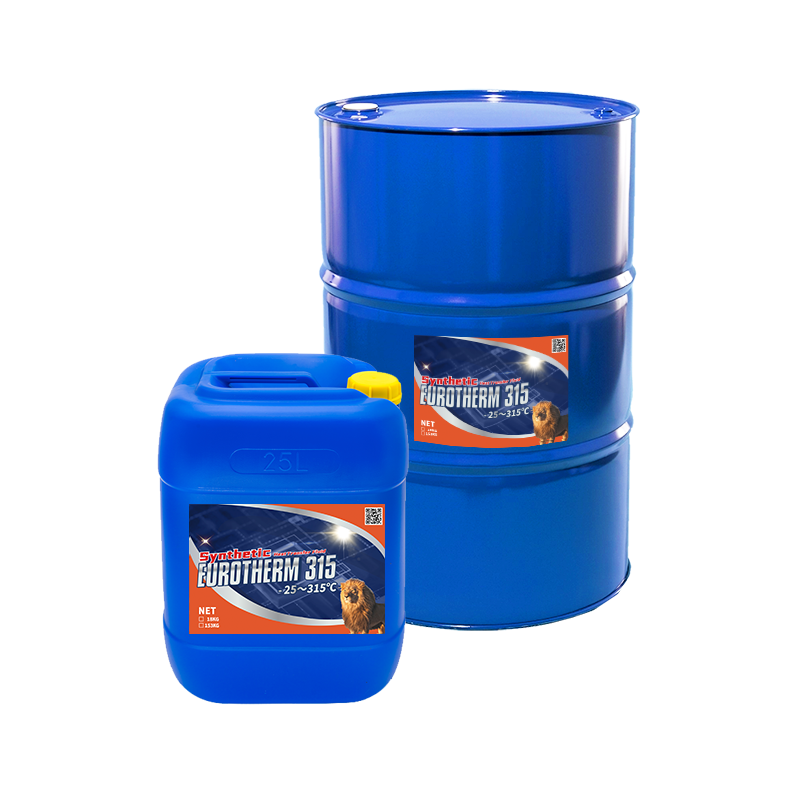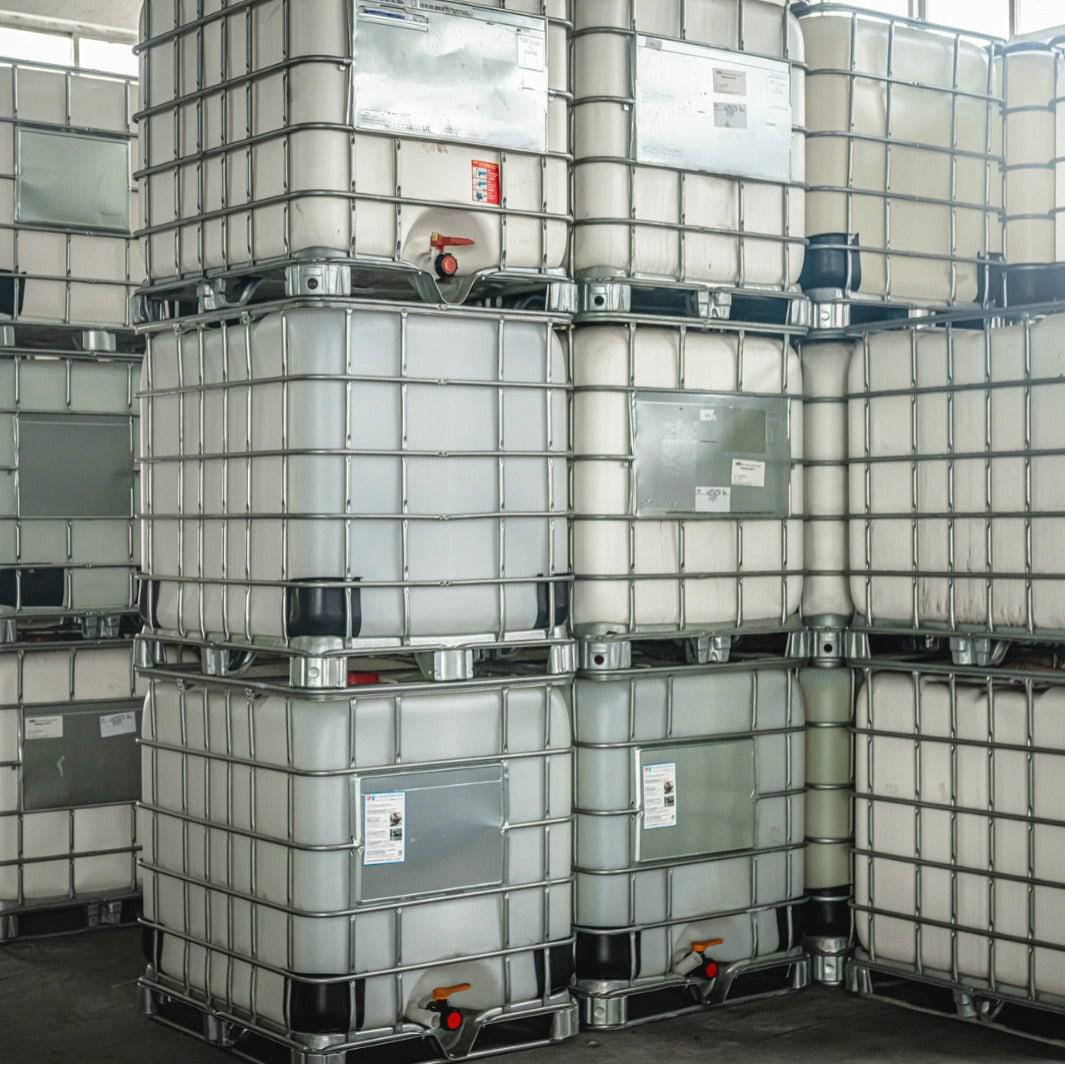3 Simple Techniques For Chemie
Wiki Article
All About Chemie
Table of ContentsThe Greatest Guide To ChemieAll about ChemieGetting My Chemie To WorkSome Ideas on Chemie You Need To KnowChemie Can Be Fun For EveryoneA Biased View of Chemie
By Bojanna Shantheyanda, Sreya Dutta, Kevin Coscia and David SchiemerDynalene, Inc. Liquid air conditioning, which can be achieved using indirect or direct methods, is utilized in electronics applications having thermal power densities that may go beyond safe dissipation through air cooling. Indirect fluid air conditioning is where heat dissipating electronic parts are physically separated from the liquid coolant, whereas in case of straight air conditioning, the elements remain in straight call with the coolant.Nonetheless, in indirect cooling applications the electric conductivity can be important if there are leaks and/or spillage of the liquids onto the electronic devices. In the indirect cooling applications where water based liquids with deterioration inhibitors are usually used, the electric conductivity of the liquid coolant primarily depends on the ion concentration in the liquid stream.
The boost in the ion concentration in a shut loophole fluid stream might occur because of ion seeping from metals and nonmetal elements that the coolant liquid is in contact with. During operation, the electrical conductivity of the liquid might boost to a degree which could be hazardous for the air conditioning system.
The Chemie PDFs
(https://www.easel.ly/browserEasel/14548613)They are grain like polymers that can exchanging ions with ions in a remedy that it is in call with. In the present work, ion leaching tests were carried out with different metals and polymers in both ultrapure deionized (DI) water, i.e. water which is dealt with to the highest degree of pureness, and reduced electrical conductive ethylene glycol/water mix, with the measured adjustment in conductivity reported in time.
The examples were enabled to equilibrate at area temperature for 2 days prior to recording the preliminary electrical conductivity. In all examinations reported in this research fluid electric conductivity was measured to an accuracy of 1% making use of an Oakton disadvantage 510/CON 6 collection meter which was adjusted prior to each dimension.
Some Known Questions About Chemie.
from the wall surface heating coils to the center of the furnace. The PTFE sample containers were positioned in the furnace when stable state temperatures were reached. The examination setup was eliminated from the heating system every 168 hours (7 days), cooled to area temperature level with the electric conductivity of the liquid measured.The electric conductivity of the fluid sample was kept track of for a total amount of 5000 hours (208 days). Schematic of the indirect shut loophole cooling down experiment set-up. Components made use of in the indirect shut loop cooling experiment that are in call with the fluid coolant.

An Unbiased View of Chemie
The adjustment in liquid electrical conductivity was kept track of for 136 hours. The liquid from the system was gathered and stored.
0.1 g of Dowex material was contributed to 100g of liquid samples that was absorbed a different container. The mixture was stirred and change in the electric conductivity at space temperature was gauged every hour. The determined modification in the electric conductivity of the UP-H2O and EG-LC test liquids consisting of polymer or metal when involved for 5,000 hours at 80C is revealed Figure 3.
Getting The Chemie To Work
Figure 3. Ion leaching experiment: Calculated adjustment in electrical conductivity of water and EG-LC coolants consisting of either polymer or metal samples when submersed for 5,000 hours at 80C. The results suggest that steels added fewer ions into the fluids than plastics in both UP-H2O and EG-LC based coolants. This can be because of a slim steel oxide layer which might function as a barrier to ion leaching and cationic diffusion.Fluids consisting of polypropylene and HDPE exhibited the most affordable electrical conductivity changes. This could be because of the brief, stiff, direct chains which are much less most likely to add ions than longer branched chains with weaker intermolecular pressures. Silicone likewise executed well in both test liquids, as polysiloxanes are typically chemically inert because of the high bond energy of the silicon-oxygen bond which would prevent degradation of the material into the fluid.
Indicators on Chemie You Need To Know
It would certainly be anticipated that PVC would create similar outcomes to those of PTFE and HDPE based upon the similar chemical structures of the materials, however there might be various other contaminations present in the PVC, such as plasticizers, that might affect the electrical conductivity of the fluid - dielectric coolant. In addition, chloride teams in PVC can also seep into the examination liquid and can cause an increase in electric conductivityPolyurethane completely degenerated right into the test fluid by the end of 5000 hour examination. Before and after photos of steel and polymer examples submersed for 5,000 hours at 80C in the ion seeping resource experiment.
Calculated modification in the electrical conductivity of UP-H2O coolant as a function of time with and without material cartridge in the shut indirect cooling loop experiment. The measured change in electric conductivity of the UP-H2O for 136 hours with and without ion exchange material in the loop is received Figure 5.
Report this wiki page